Reading the Epistles Worksheet
Worksheet: How to Read the Bible - Epistles
August 25, 2024
Introduction: Understanding the New Testament Epistles
27 Books in the New Testament
21 of these are Letters (Epistles)
13 attributed to Paul
2 by Peter
1 by James
1 by Jude
3 by John
Significance:
These letters are key to developing theological ideas, interpreting, and applying Jesus’ teachings to early Christian communities.
They are also areas where misinterpretation and debate can arise.
Today's Key Concept: Context is Key
To understand the Epistles effectively, pay close attention to the context in which they were written:
Narrative Context
Cultural Context
Situational Context
Literary Context
1. Narrative Context
The Bible tells an overarching story, and the letters fit within that story.
Key Ideas:
The letters continue and interpret the Biblical narrative.
N.T. Wright’s 5-Act Play: Creation, Fall, Israel, Jesus, and Church.
Dennis Edwards: Creation, Kingdom, Salvation—JESUS—Salvation, Kingdom, (New) Creation.
Paul often reinterprets Israel’s story for the church.
Application:
We share the same part of the story as the early church, dealing with similar issues.
Reflect: How do we live out the Jesus story today?
2. Cultural Context
Understanding the cultural setting of the time is crucial.
Jewish Culture: Diaspora, moral and religious practices, living under Roman rule.
Roman Culture: Patriarchal, hierarchical, with a significant population of slaves (25-40%).
Church Diversity: Early churches were made up of Jews and Gentiles, leading to tensions and the need for guidance.
Key Issues:
Circumcision, meat sacrificed to idols, and social hierarchies (e.g., slavery in Philemon).
Application:
Consider how the cultural tensions of the time influenced the letters.
3. Situational Context
Each letter addresses specific issues in a particular community.
Example: 1 Corinthians
Issues like divisions, meat sacrificed to idols, and sexual immorality.
Challenges:
We only have one side of the correspondence, making it necessary to reconstruct the situation (mirror reading).
How to Discover Situational Context:
Read the entire letter.
Use mirror reading to infer the context.
Identify the “thesis” or main point.
Look for repeated themes and consistent messages.
Consider historical plausibility.
4. Literary Context
Ancient letters had a specific genre, style, and structure.
Key Points:
Letters were written by teams, over long periods, often using professional scribes.
Writing and sending letters was expensive.
Letters were performed orally in churches.
Structure of a Letter:
Opening Address: Sender, receiver, and greeting.
Thanksgiving Prayer
Big Idea
Body of the Letter
Closing: Greetings, travel notes, requests.
Application:
Reflect on how the format of the letters affects their interpretation.
Wisdom for Today
Critical Question: “How is a letter Paul directed to specific churches in specific situations at particular times the word of God for the church at large in all times?” - Krister Stendhal

